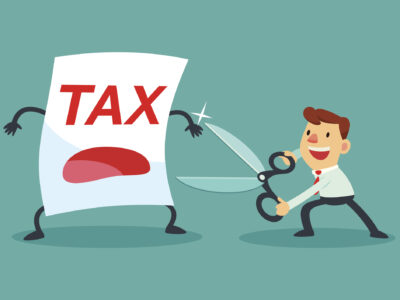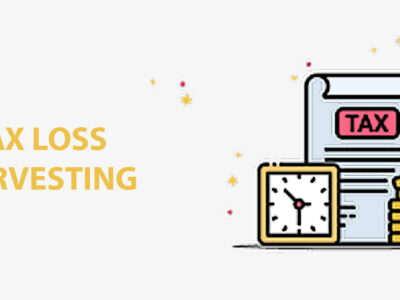How to start an emergency fund
Let’s face it, life is unpredictable and bad things happen. You never know when it will be and for what reason, the only thing you can do is prepare for it. The so-called “rainy day” fund as it’s known for, is the amount of money you put away for when something unpredictable happens.
People can become ill or are injured in accidents. Employers lay off workers. If something unexpected happens to you, getting money you need to pay the medical bills or see you through the weeks or even months of being out of work will help to keep you out of debt. This pandemic is one example of that, where people just needed money to get through the year. If you already have investments, an emergency fund also will help you meet your expenses without disrupting your investment plan.
Then the worse thing you can do is not have any money for anything, or you charge something on your credit card to survive, or dip into your retirement account. These two things set you back.
Which comes first? Emergency fund, Retirement, or Investing
It’s truly up to you, but in order of hierarchy, it’s best to secure an emergency fund first because it prevents you from tapping into other places where you have money.
- Emergency Fund
- Retirement Saving
- Investing
How much money should be put aside in an Emergency fund?
It’s important to set aside some money—about the equivalent of 3 to 6 months’ of living expenses—in an emergency fund. Start out with 3 by looking at your costs (rent / mortgage, food, utilities, phone bill, automative, other costs), then multiply it by 3.
Where do you put your money?
The best place for your emergency fund is something that’s easily accessible. You can get it out within a few days, which means it’s liquid, this could be a regular savings account at a bank that provides some return on your deposit. I wrote a post about the best high-yield savings accounts that will let you achieve the highest interests here.
Ideally, you want one that can withdrawn at any time without penalty, so that discounts 401ks, IRAs, 529s, etc.
For a slightly higher interest rate, some people choose a certificate of deposit, or CD, for their emergency fund which can mature every six months or every year. The longer you leave it, the higher the interest rate. I’ve opened a CD over 5 years, you can pull it anytime, but in a real emergency, the interest you may lose is a small price to pay for having the money you need.
You might also consider buying U.S. Treasury bills with some of your emergency fund money. They tend to pay more interest than a simple savings account and backed by the federal government. That means there is no risk of losing principal if you hold them to maturity, but you have to hold them for weeks to months depending on the maturity period you select.
Other options for an emergency fund include index or mutual funds. Generally, this investment is low-risk since it’s spread across different individual funds, they can lose value as it’s a stock account.









